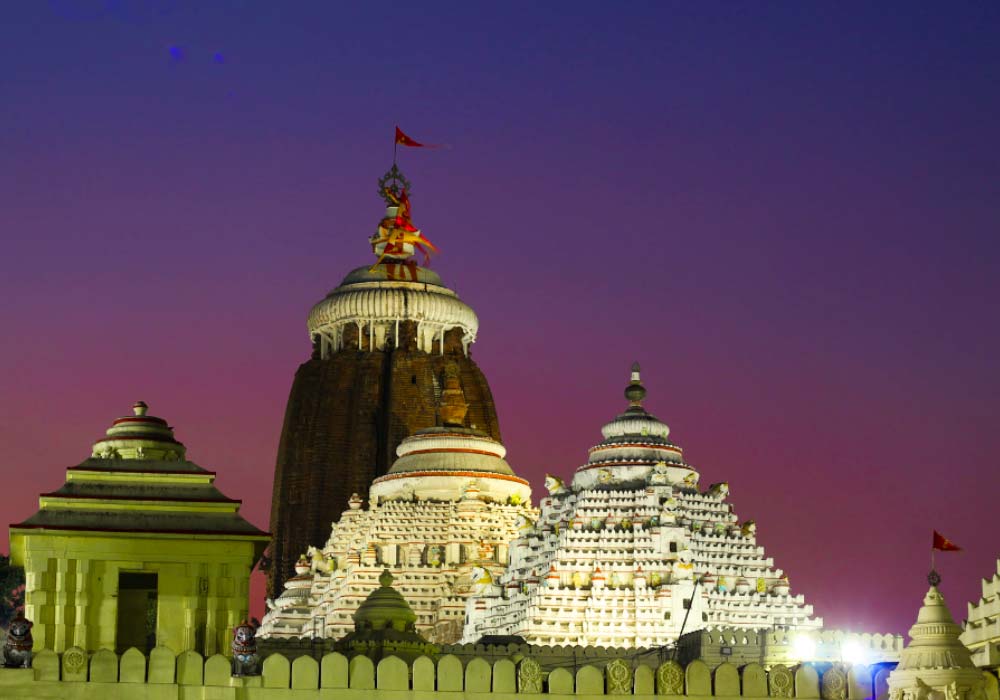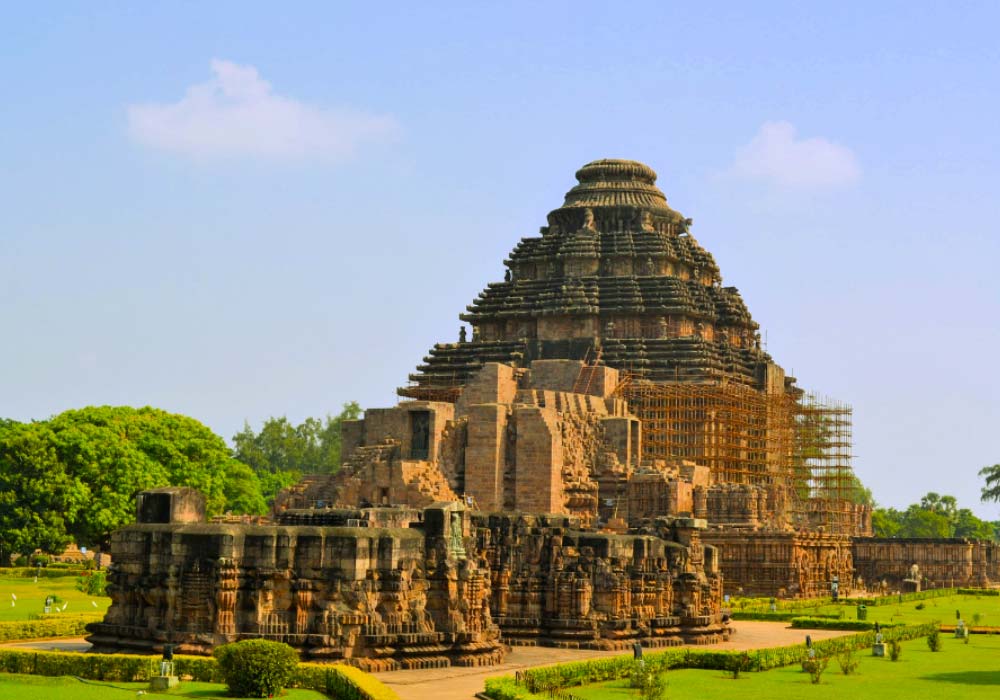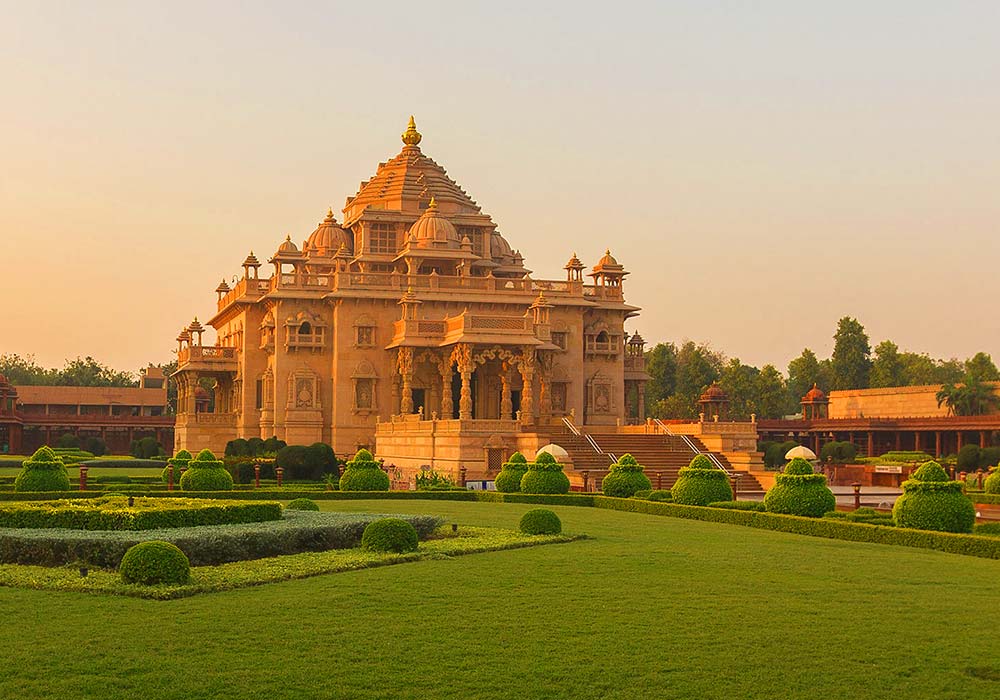Orissa
Orissa
Wedged between West Bengal and Andhra Pradesh, Orissa lies on the eastern coast of India with the waters of the Bay of Bengal swirling along its eastern and southeastern boundaries. With an area of about 1,55,707 square kilometres, the state offers diverse habitats from lush green and hilly terrain to coastal plains and rolling river valleys, crises-crossed by the Brahmani, the Mahanadi and the Bansadhara rivers. In its long history spanning several centuries, the region of modern Orissa is today one of the most popular with tourists.
Orissa, situated in the north-eastern part of the Indian peninsula, is bound by the Bay of Bengal on the east, West Bengal in the north east, Bihar on the north, Madhya Pradesh on the west and Andhra Pradesh on the south. The state extends between the latitudes 17°49′ North and 22°34″ North and longitudes 81°29′ East and 87°29′ East.
History
In its long history spanning more than just the present millennium, the region of modern Orissa was known by different names at different points of time-Kalinga, Utkala, Kongada and Odr-desha.
Ancient Orissa had a number of important ports such as Paloura, Tamralipti and Dharmra along Orissa’s 482 km long open coastline. It is little wonder then that a flourishing maritime trade existed between Paloura (now Puri) and the Indonesian islands. As a result, the influence of the Pali language and Buddhism spread, in due course, to Southeast Asia. The old Buddhist connection with these regions is visible in the ‘Peace Pagoda’ built by the Japanese Buddhists in this century and the Dhavateswar temple on the Dhauli hilltop near Bhubaneswar.
It is noteworthy that the first Aryan immigration from India into Ceylon also took place from the shores of Kalinga. The first known history of the state comes into light with the Ashokan victory over the independent ruler of this place, which led to mass killings and devastation of the region. The extent of violence perpetrated by his men and its effect of the victims led to a change in the heart of Ashoka and he accepted Buddhism as his way of life.
In the first century BC, under King Kharvel, the most famous of Kalinga rulers, Buddhism declined as the major religion and Jainism was restored. The cave inscriptions of Khandgiri and Udayagiri give a lot of information about the rule of King Kharvel and much other information about the society at that point of time.
Later, Jainism gave way to Hinduism in around 7th century AD. This was the time when the ruling dynasties were the Ganga and Kesari, who constructed some of the most magnificent temples in India.
After the decline of these dynasties, the local kingdoms fought hard to keep the Muslims away, but by the end in 16th century, the Mughals defeated them and gained control over this region. After the decline of the Mughals, Orissa was ruled by the Marathas and the British. Orissa became a separate province under the British Government in 1936.
Fairs & Festivals of Orissa
A visit to Orissa will never be complete without witnessing its fairs and festivals. Besides Holi, Dussehra and Diwali, which are shared by the rest of India, there are numerous other festivals exclusive to Orissa and having their own unique myths behind them. The Raja-Sankranti or Raja Parva is observed on the first day of the solar month of Mithuna (mid-June) when the rainy season begins. The Garbhana-Sankranti is held on the first day of the solar month of Tula (November) when the paddy begins to sprout signifying fruition. On the full moon day of the lunar month of Ashwin (October), about five days after Dussehra, Orissa celebrates Kumarotsava-the ‘festival of youth’. Kumara or Kartikeya, the son of Lord Shiva, symbolizes youth and is the chief deity to be worshipped during this festival. Unmarried boys and girls also worship the moon with great festivity on this occasion.
Of all the festivals of Orissa, the Rath Yatra (the procession of chariots) held in June-July at Puri is the holiest, most colourful and most important festival of Orissa. On this holiest of holy days, Lord Jagannath mounts his famous 45 feet high, wooden chariot flanked by the chariots of his elder brother, Balbhadra and their sister, Subhadra to make their symbolic tour of the universe and experience the destiny of mankind with ever faithful devotees pulling them on their way.
Besides the major festival of Rath Yatra and Konark Dance Festival, there are no fewer than 60 other festivals held in honour of the three deities.
Best Time to Visit Orissa
The climate of the state is primarily tropical with the coastal climate being distinct from the rest of the state. During the monsoon, the region comes under tropical depression and is hit by heavy rain and tropical cyclones that create heavy damage to property and crops.
How to Reach Orissa
BY AIR – Bhubaneswar is the only civil airport in the state connected to different parts of the country through regular flights. The major cities connected to Bhubaneswar are Calcutta, Chennai, Visakhapatnam, Delhi, Hyderabad, and Mumbai.
BY RAIL – There is an extensive railway network that connects different parts of the state to the other parts of the country. Bhubaneswar and Puri are the major railheads for the state.
BY ROAD – There is a good road network in the state connecting it with the other parts of the country as well as different places within the state. The National Highways 5, 6, 23, 42, and 43 pass through the state.
Tourist Attractions in Orissa
Bhubaneswar-the state capital with its over a hundred temples-provides an ideal introduction to the rich cultural heritage of the state of Orissa. Visits to the Lingaraja Temple and the Rajarani Temple (11th century AD) are a must. Those interested in ancient temple architecture may visit the temples of Laxmaneswar, Satrughaneswar and Bharateswar (6th century AD), Parasurameswar and Swarnajaleswar (7th century AD), Vaital Deul (8th century AD), Brahmeswar (11th century AD) and Ananta Vasudeva (13th century AD)
While in Bhubaneswar, the Orissa State Museum, Tribal Research Museum and Handicrafts House should also be on the visitors’ lists.
Nearby excursions (8 km) to the Khandagiri and Udayagiri caves belonging to the 1st-2nd century BC, to Dhauli (8 km) with the Buddhist Peace Pagoda constructed in 1972 and the Zoo and Botanical Gardens at Nandan Kanan (120 km) cater to a variety of interests.
One of the four religious centres in India, Puri in Orissa is famous for its Jagannath Temple. Other temples of interest here are the Gundicha, Lokanath and Tota Gopinath and tanks like Sweta Ganga and indradyumna.
Puri, a popular beach resort is of special attraction for visitors fond of swimming in the sea. Excursions to Balighai (8 km), a picnic spot and Satyabadi (20 km) with its shrine dedicated to Lord Sakshigopal are recommended.
With its famous Sun Temple, Konark is the high point of a visit to the Golden Triangle of Orissa. The temple, built in the 13th century and now in ruins, is replete with stone sculptures. The temple is one of the unrivalled technical marvels of ancient India.
Enquire
Ahmedabad
For more information
- +91 8240 628 573
- Mon - Sat: 10:00AM - 7:30PM
- anupam.ghosh@matrimovers.in
Talk to us
Have any questions? We are always open to talk about your travel requirements.
- Price on Request
- 14 Days



